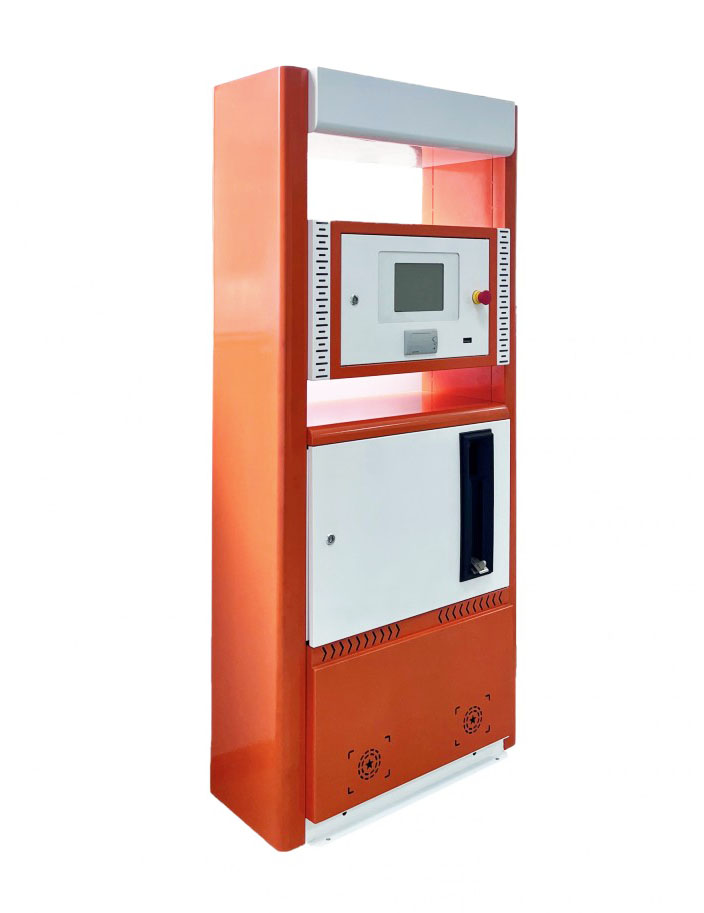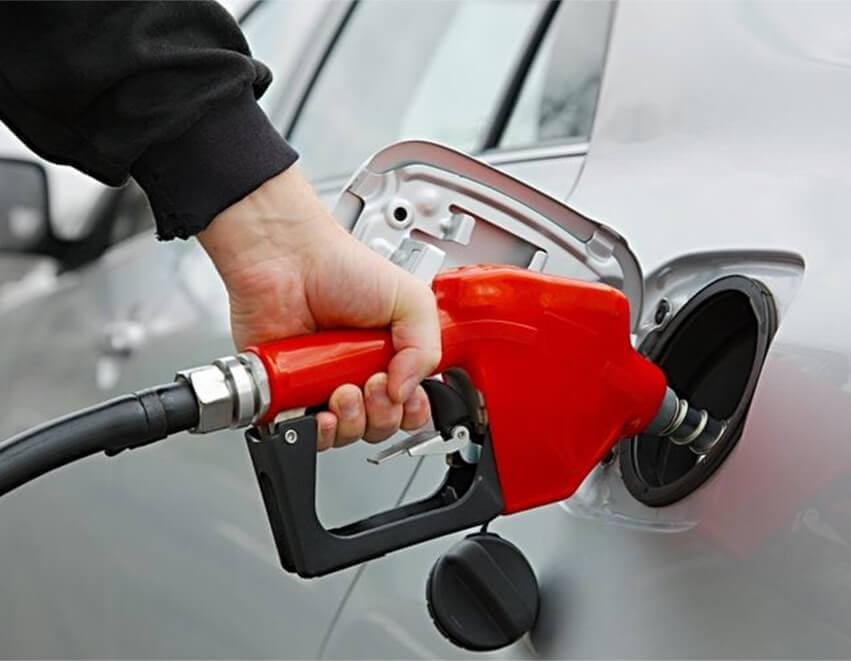A fuel dispenser is a machine to pump gasoline, diesel, or other liquid fuels. Also known as fuel pumps in East Europe. Also, there are different names in different countries. For example; petrol bowser in Australia, petrol pumps in Commonwealth countries, and gas pumps in North America. Pumping different liquid fuels, including gasoline, diesel, and […]
A fuel dispenser is a machine to pump gasoline, diesel, or other liquid fuels. Also known as fuel pumps in East Europe. Also, there are different names in different countries. For example; petrol bowser in Australia, petrol pumps in Commonwealth countries, and gas pumps in North America.
Pumping different liquid fuels, including gasoline, diesel, and other fuels, is the purpose of a fueling dispenser. In East Europe, people often refer to it as a fuel pump. Furthermore, various nations refer to this device by different names; for example, in Australia, it’s called a fuel bowser; in Commonwealth nations, it’s called a petrol pump; and in North America, it’s called a gas pump.
At your fuel dispenser gas station, a fuel dispenser is quite important because it is the first point of contact with consumers and acts as a sales tracking device.
Depending on your unique requirements, brands provide a variety of gasoline dispenser choices. It might be suction-style with a built-in fuel pump or only function as a dispenser using an additional submersible fuel pump.
With a nominal flow rate range of 40 to 130 liters per minute, the gasoline pump offers a wide variety of options for flow rates and hose designs.
First of all, most companies follow European standards when designing their gasoline dispensers. Second, it is essential to follow ATEX and MID requirements. Thirdly, they meticulously monitor every step of manufacturing thanks to our ISO9001-certified quality system. Lastly, European Notified Bodies certify each and every gasoline dispenser model.
Made with premium parts, the best gasoline dispensers include a four-piston meter that is very accurate.

To remove petroleum from subterranean tanks, many gas stations use suction pumps. These pumps use the low pressure within the Underground Storage Tank (UST) to force gasoline upward via the pump and pipelines to different dispensing nozzles. They work on the basis of asymmetrical pressure. Many well-known companies offer gasoline distribution systems that are precise and long-lasting. These devices can store a large amount of transaction data and are easy to use.
The use of submersible pumps occurs when the arrangement of the gas station permits the positioning of the UST above the gasoline pumps. Submersible pumps, as opposed to suction pumps, are immersed under the fuel, preventing air ingestion problems at greater elevations than suction pumps could have. When a single UST supplies many dispensing pumps (four or more), or when there is a significant distance (more than thirty meters) between the UST and the dispensing point, gas stations may choose to use submersible pumps. When choosing a pump, flow rates are quite important. Vehicle gasoline pumps often run at 30 to 40 liters per minute. Commercial gasoline pumps have a 50 LPM minimum and a 120 LPM maximum.
The function of fuel distribution pumps is to distribute liquid fuels, such as oil, diesel, kerosene, or gasoline, into different containers, cars, storage tanks, and airplanes. Electrical and mechanical components make up the two primary categories of gasoline pumps.
The gasoline pump’s electronic section is in charge of managing the meter and pumping unit. These parts compute the cost of the gasoline and measure the amount that is dispensed.
As opposed to this, the mechanical section’s electric motor controls how quickly fuel goes from the underground storage tank (UST) to the pumping station. Filling stations often make use of these gasoline pumps.




